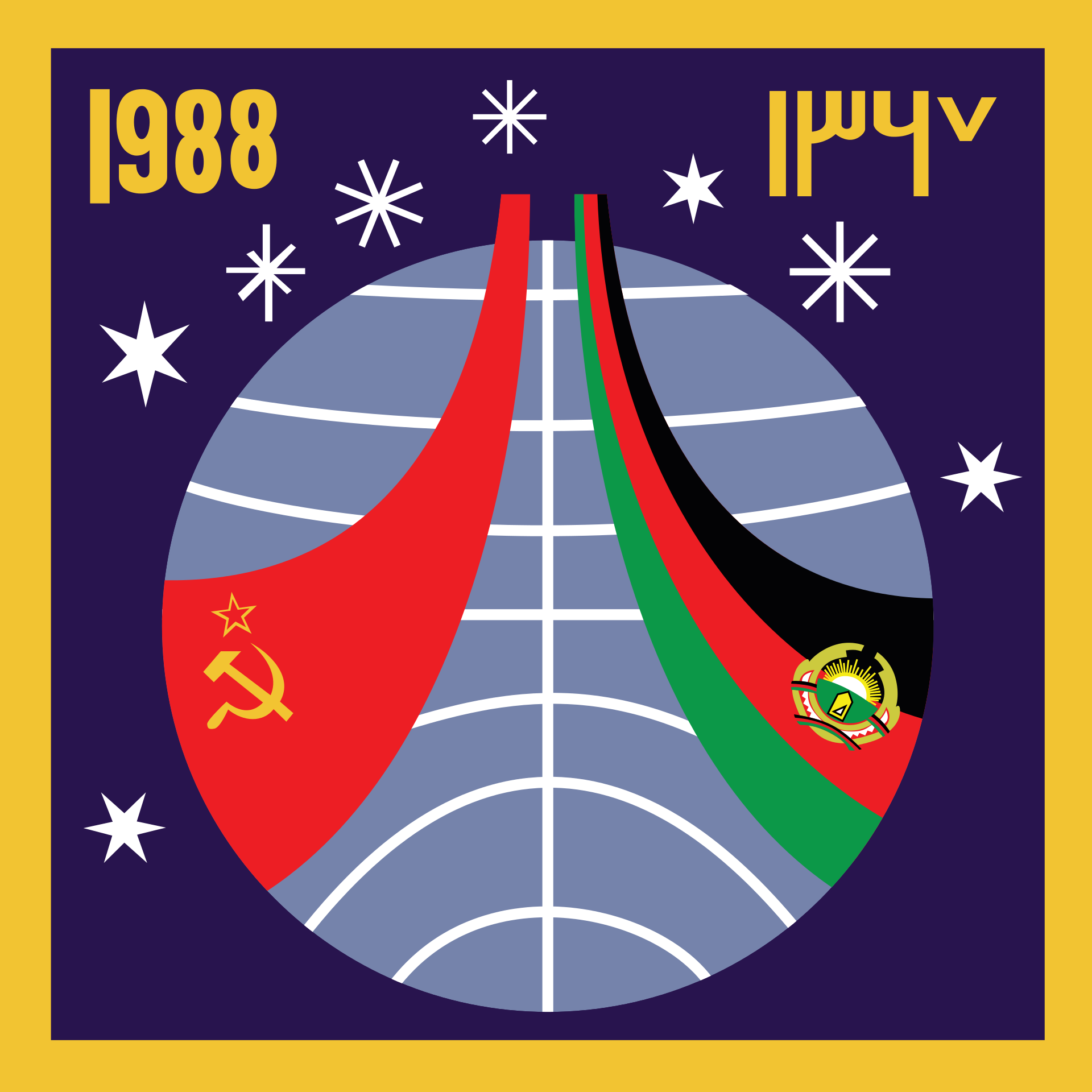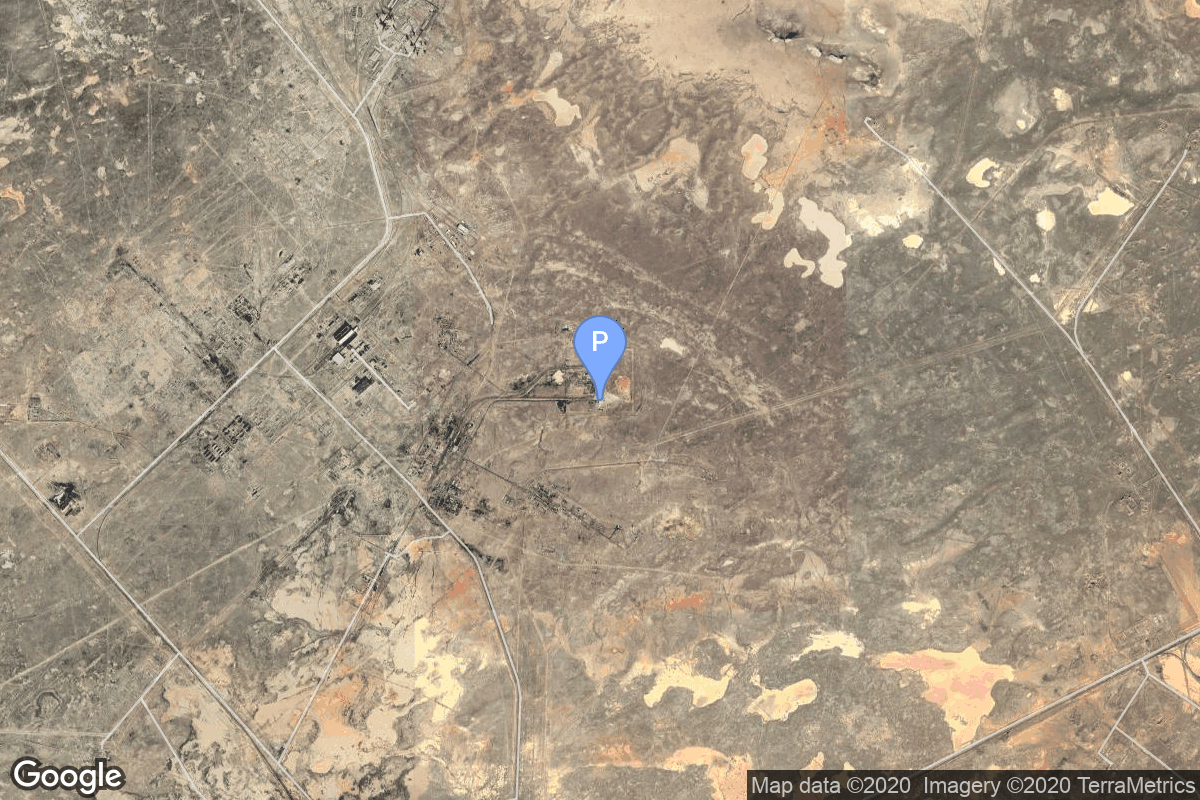Soyuz TM-6
Soyuz-U2
Soviet Space Program
Crew
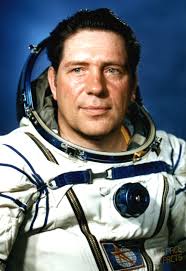
Vladimir Lyakhov
- Birthday: 07/20/1941
- Role: Commander
- Nationality: Russian
- First Flight: 02/25/1979
- Last Flight: 08/29/1988
Vladimir Afanasyevich Lyakhov (Russian: Влади́мир Афана́сьевич Ля́хов; 20 July 1941 – 19 April 2018) was a Russian Soviet cosmonaut.
He was selected as cosmonaut on 5 May 1967, and retired on 7 September 1994. Lyakhov was the Commander on Soyuz 32, Soyuz T-9, and Soyuz TM-6, and spent 333 days, 7 hours, 47 minutes in space.
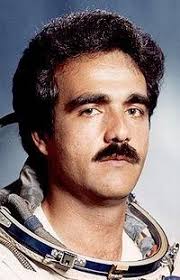
Abdul Ahad Mohmand
- Birthday: 01/01/1959
- Role: Research Cosmonaut
- Nationality: Afghan
- First Flight: 08/29/1988
- Last Flight: 08/29/1988
Abdul Ahad Mohmand (Pashto: عبدالاحد مومند; born January 1, 1959) is a former Afghan Air Force aviator who became the first Afghan citizen and fourth Muslim to journey to outer space. He became one of Soyuz TM-6 crew members and spent nine days aboard the Mir space station in 1988 as an Intercosmos Research Cosmonaut.
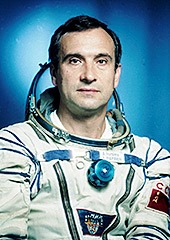
Valeri Polyakov
- Birthday: 04/27/1942
- Role: Research Doctor
- Nationality: Russian
- First Flight: 08/29/1988
- Last Flight: 01/08/1994
Valeri Vladimirovich Polyakov (Russian: Валерий Владимирович Поляков, born Valeri Ivanovich Korshunov on April 27, 1942) is a former Russian cosmonaut. He is the holder of the record for the longest single stay in space in human history, staying aboard the Mir space station for more than 14 months (437 days 18 hours) during one trip. His combined space experience is more than 22 months.
Selected as a cosmonaut in 1972, Polyakov made his first flight into space aboard Soyuz TM-6 in 1988. He returned to Earth 240 days later aboard TM-7. Polyakov completed his second flight into space in 1994–1995, spending 437 days in space between launching on Soyuz TM-18 and landing on TM-20, setting the record for the longest time continuously spent in space by an individual in human history.
Mission
Soyuz TM-6
- Type: Human Exploration
- Orbit: Low Earth Orbit
Soyuz TM-6 was the sixth mission to Mir space station. The mission began on June 7, 1988, 14:03:13 UTC, launching Commander Vladimir Lyakhov, Flight Engineer/Research Doctor Valeri Polyakov and Research Cosmonaut Abdul Mohmand, the first Afghan cosmonaut, into orbit. They docked with Mir two days later, meeting with the long-duration resident crew. During their 7-day stay there, cosmonauts performed Earth observation and other tasks.
They returned on a Soyuz TM-5 spacecraft, landing safely back on Earth on September 7, 1988, 00:49:38 UTC.
Location
1/5
Baikonur Cosmodrome, Republic of Kazakhstan
1/5 has witnessed the launch of 487 rockets, including 487 orbital launch attempts, while Baikonur Cosmodrome, Republic of Kazakhstan, has been the site for 1547 rocket launches.
Rocket
Soviet Space Program Soyuz-U2
The Soyuz-U2 was a Soviet, later Russian, carrier rocket. It was derived from the Soyuz-U, and a member of the R-7 family of rockets. It featured increased performance compared with the baseline Soyuz-U, due to the use of syntin propellant, as opposed to RP-1 paraffin, used on the Soyuz-U.
Agency
Soviet Space Program
The Soviet space program, was the national space program of the Union of Soviet Socialist Republics (USSR) actived from 1930s until disintegration of the Soviet Union in 1991.
The Soviet Union’s space program was mainly based on the cosmonautic exploration of space and the development of the expandable launch vehicles, which had been split between many design bureaus competing against each other. Over its 60-years of history, the Russian program was responsible for a number of pioneering feats and accomplishments in the human space flight, including the first intercontinental ballistic missile (R-7), first satellite (Sputnik 1), first animal in Earth orbit (the dog Laika on Sputnik 2), first human in space and Earth orbit (cosmonaut Yuri Gagarin on Vostok 1), first woman in space and Earth orbit (cosmonaut Valentina Tereshkova on Vostok 6), first spacewalk (cosmonaut Alexei Leonov on Voskhod 2), first Moon impact (Luna 2), first image of the far side of the Moon (Luna 3) and unmanned lunar soft landing (Luna 9), first space rover (Lunokhod 1), first sample of lunar soil automatically extracted and brought to Earth (Luna 16), and first space station (Salyut 1). Further notable records included the first interplanetary probes: Venera 1 and Mars 1 to fly by Venus and Mars, respectively, Venera 3 and Mars 2 to impact the respective planet surface, and Venera 7 and Mars 3 to make soft landings on these planets.
